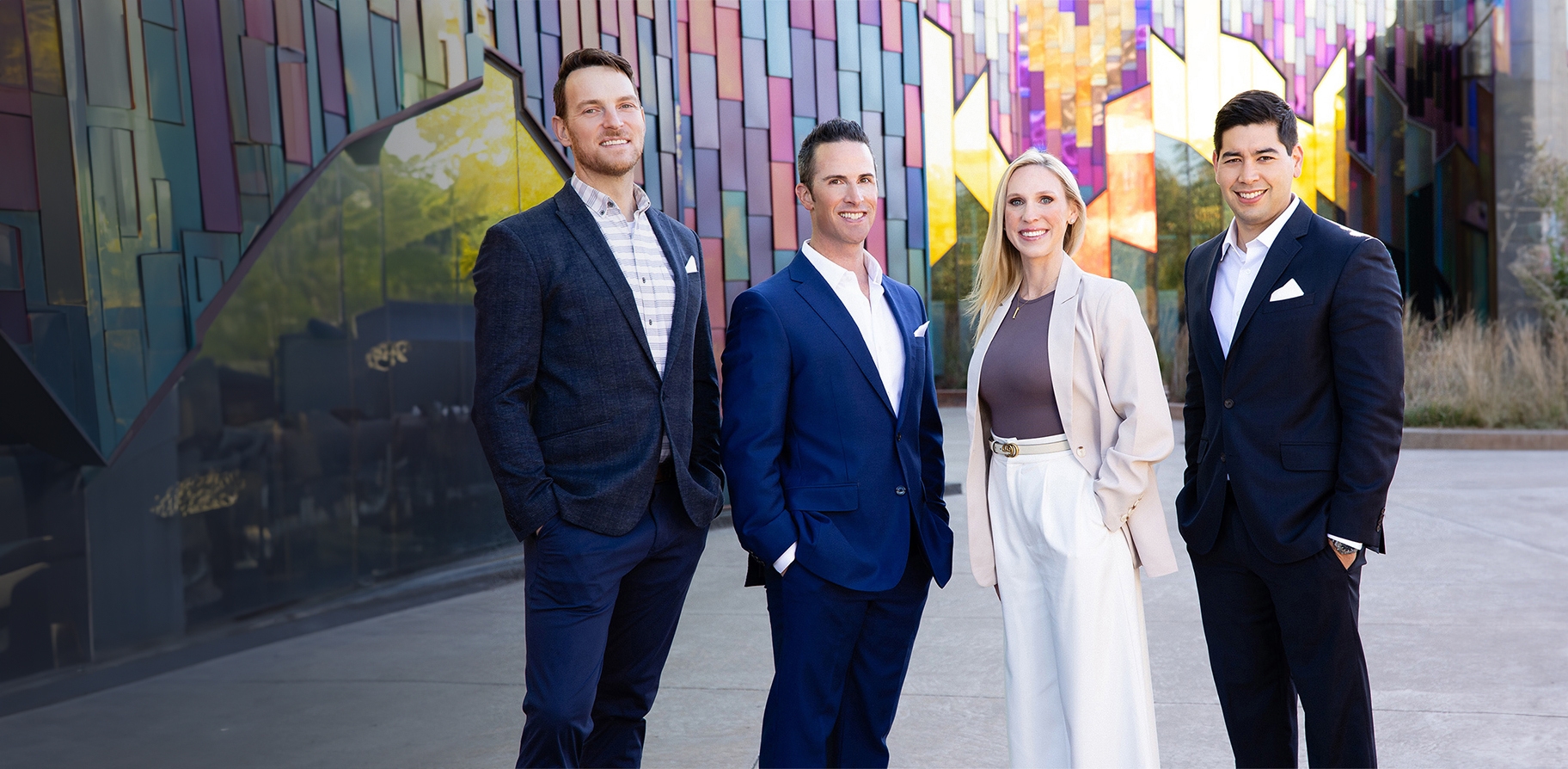
Considering breast augmentation can be both exciting and overwhelming. To help you navigate this journey, we've compiled answers to some of the most frequently asked questions about the procedure. Whether you're just starting your research or preparing for a consultation, this guide will provide you with valuable insights.
1. What is Breast Augmentation?
Breast augmentation, also known as augmentation mammoplasty, is a surgical procedure aimed at increasing the size, shape, or fullness of the breasts using implants or fat transfer.
2. Am I a Good Candidate for Breast Augmentation?
Ideal candidates are:
- Physically healthy and have realistic expectations.
- Unhappy with the size, shape, or symmetry of their breasts.
- Not currently pregnant or breastfeeding.
- Non-smokers or willing to quit before and after the surgery.
3. What Types of Implants Are Available?
Saline Implants
Filled with sterile salt water, these implants are inserted empty and then filled once in place.
Silicone Implants
Filled with silicone gel, these implants are pre-filled and known for their natural feel.
4. How Do I Choose the Right Implant Size?
Choosing the right size depends on your body type, breast tissue, and aesthetic goals. During your consultation, your surgeon will help you select a size that complements your body proportions and meets your expectations. We try to ask several pointed questions to determine your goals and vision.
5. Can I Combine Breast Augmentation with Other Procedures?
Yes, breast augmentation is often combined with other procedures such as:
- Breast Lift (Mastopexy): To address sagging and provide a more youthful contour.
- Tummy Tuck (Abdominoplasty): Often part of a "mommy makeover" to restore pre-pregnancy body shape.
- Liposuction: To enhance overall body contour.
Combining procedures can reduce overall recovery time and provide more comprehensive results.
I have published one of the sentinel articles discussing combined breast augmentation and mastopexy.
6. What is the Difference Between Subglandular and Submuscular Placement?
Subglandular (Over the Muscle)
The implant is placed directly behind the breast tissue but above the pectoral muscle. This placement offers a shorter recovery time but may be less natural-looking for those with minimal breast tissue, and the rate of capsular contracture is higher.
Submuscular (Under the Muscle)
The implant is placed beneath the pectoral muscle. This option tends to look more natural, especially for those with little breast tissue, and is the preferred placement for long term results.
7. What Should I Expect During Recovery?
Immediate Post-Op
You’ll likely experience swelling, bruising, and discomfort for a few days post-surgery. Pain medication and compression garments will help manage these symptoms.
First Week
Most patients can return to light activities within a few days but should avoid strenuous exercise and heavy lifting for 4-6 weeks.
Long-Term Recovery
Full recovery can take six weeks or more. It’s essential to follow your surgeon’s advice during this period to ensure proper healing and optimal results.
8. What Are the Potential Risks and Complications?
While breast augmentation is generally safe, it carries some risks, including:
- Infection
- Implant leakage or rupture
- Capsular contracture (scar tissue around the implant)
- Changes in nipple or breast sensation
- Implant displacement or asymmetry
Choosing an experienced board certified plastic surgeon and adhering to the post-operative care instructions can minimize these risks.
9. How Long Do Breast Implants Last?
Breast implants are not considered lifetime devices. The rupture rate is very low–around 1% per year. Regular check-ups with your surgeon can help monitor the condition of your implants. If implants are still intact via imaging (US vs MRI), we do not recommend replacement.
10. How Much Does Breast Augmentation Cost?
The cost varies depending on the surgeon’s experience, geographic location, type of implants, and facility fees. On average, you can expect to pay between $7,000 and $10,000. It's important to remember that the lowest price does not always equate to the best outcome.
Final Thoughts
Breast augmentation is a personal and significant decision. Understanding the procedure, knowing what to expect, and having your questions answered by a qualified surgeon will help you make an informed choice. Always prioritize your health and well-being, and choose an experienced board-certified plastic surgeon to ensure the best possible results.

